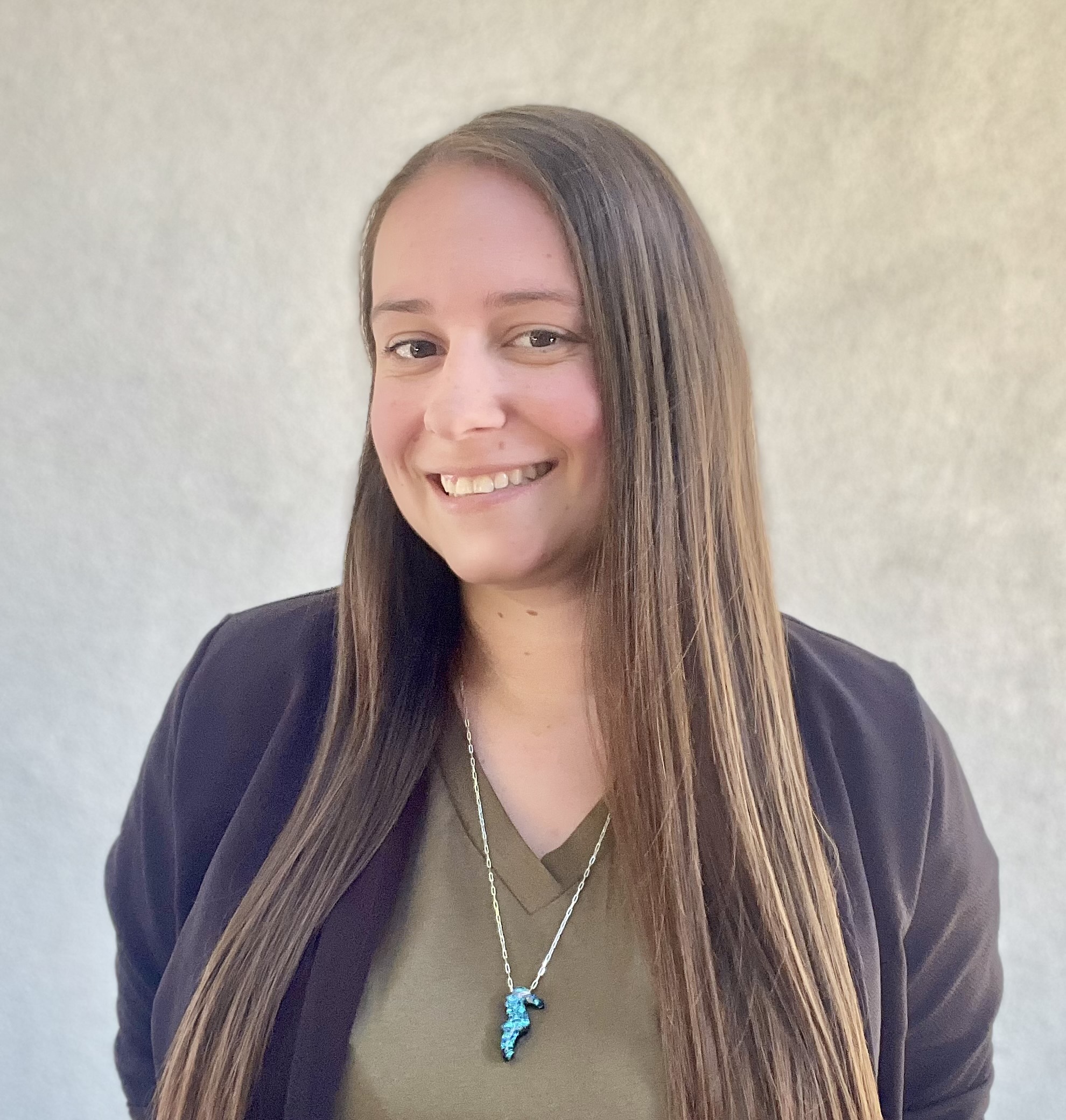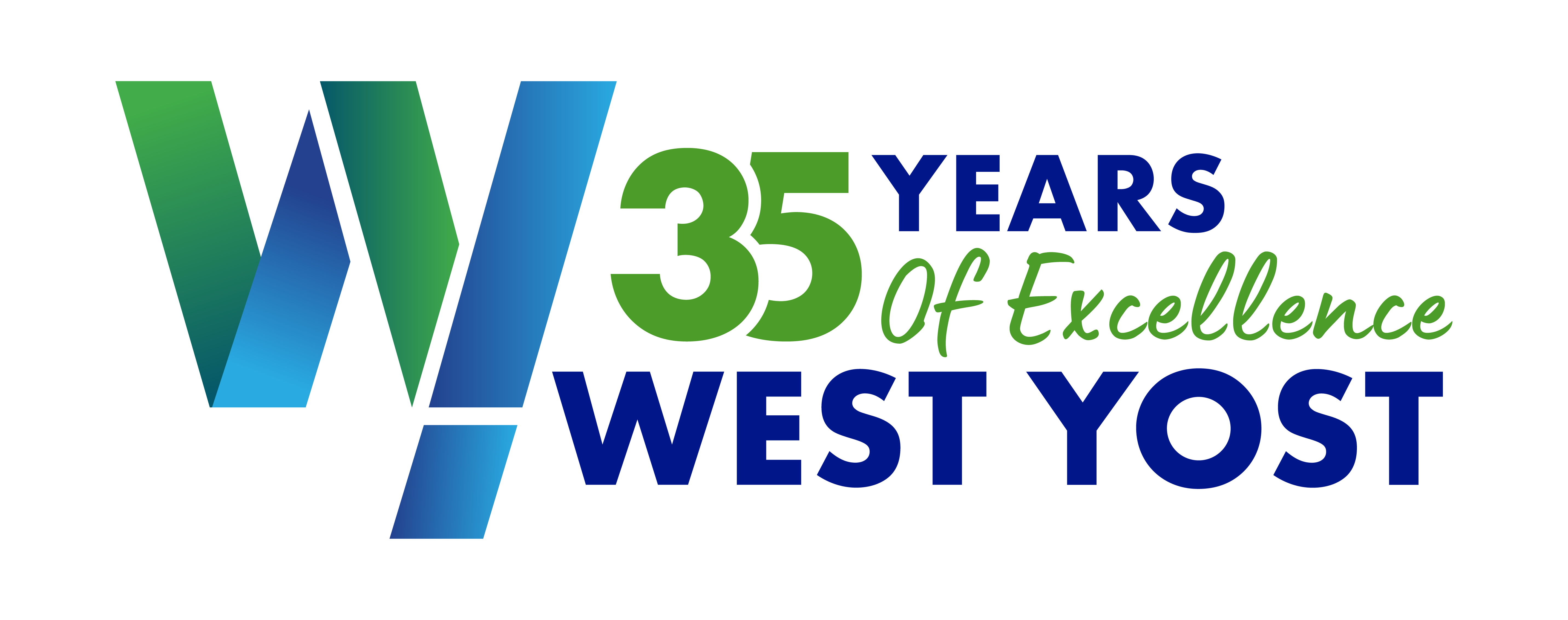How CMMS Strengthens Strategic Asset Management for Water Utilities

By Anne Girtz, PE, and Rachel Schonwit, Asset Management Experts
This article contains and answers the following:
- How a CMMS supports asset management programs
- An explanation of how a CMMS differs from – but complements – a full asset management program
- What key components of an asset management program can be supported by an optimized CMMS
- What is the difference between CMMS and asset management?
- What are the key components of an asset management plan?
Many utilities say, “We’re doing asset management because we have a CMMS.” The reality? While a Computerized Maintenance Management System (CMMS) is a valuable tool – it’s only one piece of a much larger puzzle. True asset management (AM) is about making data-driven decisions to maximize the value of infrastructure over its lifecycle.
A CMMS supports this – but it cannot replace the strategy, culture, and framework that define effective asset management.
Asset Management Is a Strategy, Not Just a System
At its core, asset management is the practice of aligning infrastructure decisions with organizational objectives and customer expectations. It means asking questions like:
- What level of service do we need to deliver?
- Which risks are most critical to manage?
- How do we prioritize limited resources to get the best return on investment?
Even the most advanced CMMS won’t answer these questions on its own. Without a defined framework—service levels, risk tolerance, lifecycle planning, and governance—a CMMS risks becoming just a work order database.
Success comes when both are working together.
What does Asset Management Look Like?
For a water utility, asset management is a comprehensive, structured, and transparent approach to provide decision makers the information to maximize the value of assets. A well-rounded program often includes:
- Levels of Service (LOS): Setting clear performance standards for reliability, water quality, and customer service that guide daily operations and long-term planning.
- Condition Assessment: Conducting desktop and field condition assessments – from visual inspections to advanced technologies – to understand asset health and performance.
- Risk Framework: Evaluating both the likelihood and consequence of failure to prioritize resources and investments where they matter most.
- Information Solutions: Leveraging and integrating CMMS, GIS, data analytics, and dashboards to build a single source of truth for decision making.
- Renewal & Replacement Planning: Forecasting needs, developing rehabilitation strategies, and creating prioritized capital improvement programs.
- Asset Management Plan (AMP): A strategic, agency-wide roadmap that defines how infrastructure will be managed to achieve service goals. An AMP connects community priorities, risk and lifecycle planning, and financial strategies into a unified framework for decision making.
In short, asset management is about linking people, processes, and data into a cohesive framework that supports both short-term reliability and long-term sustainability.
How a CMMS Supports Your AM Program
A CMMS can play a crucial role in supporting asset management if it’s used to its full potential. A well-utilized CMMS strengthens the asset management framework by providing critical data::
- Work History and Cost Tracking – By documenting maintenance activities, labor hours, and material costs, a CMMS provides the raw data needed to understand the total cost of owning and operating an asset.
- Failure and Reliability Insights – When utilities log failures consistently, patterns emerge. This helps identify which assets are high risk, unreliable, or nearing the end of their useful life.
- Planned vs Reactive Maintenance – A CMMS can reveal how much effort is spent reacting to breakdowns versus performing preventive or predictive maintenance. Shifting the balance is a core AM objective.
- Integration with Other Systems – A CMMS works best when linked with GIS, SCADA, and financial systems. This integration allows utilities to connect operational data with location, performance, and cost, giving managers a full picture of system risk and resilience.
True asset management (AM) is about making data-driven decisions to maximize the value of infrastructure over its lifecycle.
Getting the Most Out of Your CMMS
To maximize value from a CMMS, utilities can:
- Establish Clear Data Standards: Define how assets are named, how failures are logged, and which fields must always be completed. Consistent data entry is the foundation for useful reporting.
- Train and Engage Staff: A CMMS only works if people use it. Training field and operations staff on why data matters – and how it’s used for decisions – builds buy-in and improves data quality.
- Use Reporting Tools: Many organizations underutilize CMMS reporting capabilities. Dashboards and custom reports can provide utilities with real-time insight into backlog, costs, and asset performance.
- Connect to the AM Framework: Reports from the CMMS should tie directly to the AM Plan. For example, if the AM framework identifies “reducing unplanned outages” as a priority, then CMMS reports should track preventive maintenance compliance and failure rates.
When leveraged correctly, a CMMS can be a critical enabler of an asset management program by providing the data needed to support data-driven decisions. For utilities, the key is to avoid viewing the CMMS as the end goal. Instead, it should be seen as a tool in service of the broader mission: delivering reliable, safe, and affordable service to customers today and into the future.
Asset management is the strategy. The CMMS is one of the tools. Success comes when both are working together.

About the Authors
Anne Girtz asset management specialist with extensive experience in infrastructure planning and management of municipal utilities. She has led asset management initiatives for public agencies across the water, wastewater, and stormwater sectors, focusing on condition and risk assessments, asset registry development, renewal prioritization, and capital improvement planning. Anne works closely with clients to develop customized tools or methodologies to support data-driven decision making, allowing clients to meet established goals and performance metrics. Known for balancing technical expertise with strong leadership, Anne excels at managing cross-functional teams, facilitating stakeholder engagement, and delivering high-quality, actionable results through strategic project execution.

About the Author
Rachel Schonwit has specialized experience in Enterprise Asset Management (EAM) implementation projects, seamlessly executing projects aligned with client objectives and goals. Her asset management experience includes condition assessments, risk assessments, renewal prioritization, and utility performance and metric benchmarking. She has a breadth of experience across multiple industry sectors including asset management, risk and resiliency planning, and water system master planning.
